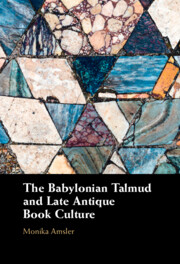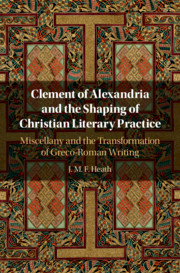Scholarship on early modern English Catholic music after the reformations tends to focus on the activities of male musicians and male institutions. Despite increased study of English convent culture by scholars of religious, social, and literary history, there remains little specialist examination of music at post-Reformation English convents in exile, and their role in wider musical networks in early modern Europe is markedly under-acknowledged. This article aims to highlight how complex miscellanies with links to English monastic institutions in exile can offer insight into the convents’ otherwise elusive musical world. Using a hitherto unanalysed miscellany – Douai Ms 785 – this article will show how codicological study of manuscripts, combined with study of concordances and unica, can illuminate the role of English convents in early modern musical networks. In doing so, it will demonstrate the need to understand miscellanies like Douai Ms 785 as witness to interacting, overlapping musical and religious ecosystems in early modern Europe.

